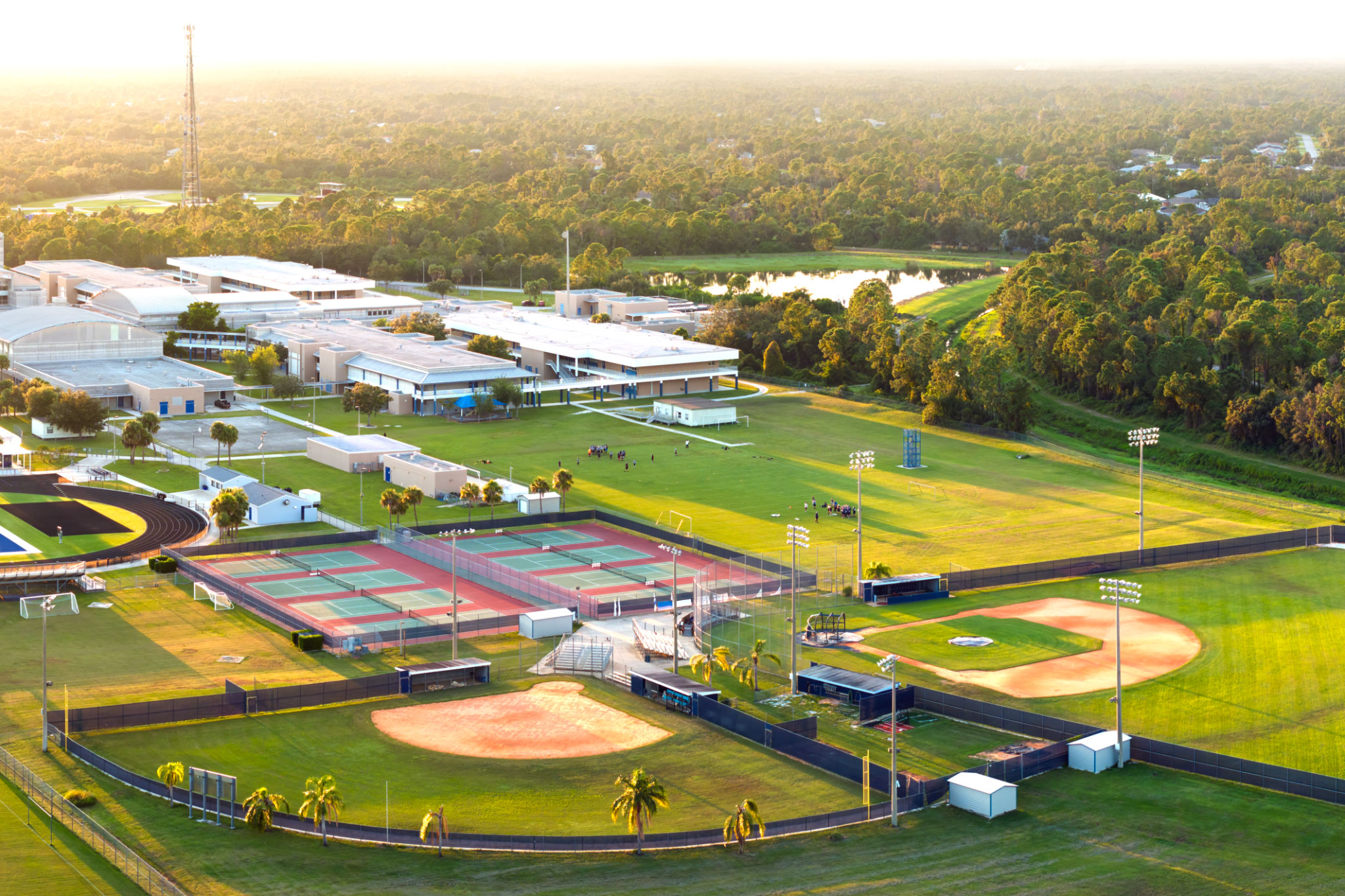Expert Tips for Designing Multi-Sport Facilities: Pickleball, Tennis, and More
Understanding the Needs of Multi-Sport Facilities
Designing a multi-sport facility that caters to sports like pickleball, tennis, and others requires a comprehensive understanding of the unique space and equipment needs of each sport. It's crucial to ensure that the facility is adaptable and meets the highest standards of safety and usability. Identifying the core needs of each sport will help in planning a versatile and efficient layout.
Start by assessing the space requirements for each sport. Tennis courts, for example, require significant space, whereas pickleball courts are smaller, allowing more flexibility in layout design. Consider allocating areas for both traditional and emerging sports to maximize the use of your facility.

Optimizing Layout and Design
The layout is a vital aspect of designing multi-sport facilities. A well-planned layout should ensure smooth transitions between different sporting areas while minimizing interference between activities. Use zoning techniques to separate different sports, ensuring each has adequate space and clear boundaries.
Incorporate elements like adjustable nets for sports that use similar equipment, such as tennis and pickleball. This allows the facility to accommodate different games without extensive modifications. Additionally, consider installing high-quality lighting systems to enable extended play hours, especially for indoor facilities.

Incorporating Versatile Surfaces
Choosing the right surface is essential for the durability and functionality of a multi-sport facility. Surfaces should be versatile enough to cater to various sports while providing safety and comfort for players. Materials like acrylic or cushioned surfaces are popular choices as they offer good grip and shock absorption.
Ensure that the surfaces are easy to maintain and meet the specific requirements of each sport. For example, tennis may require a different surface texture compared to basketball or futsal. Regular maintenance and cleaning will help preserve the quality of the surfaces and extend their lifespan.

Ensuring Accessibility and Safety
Accessibility is a key consideration when designing multi-sport facilities. Ensure that pathways, entrances, and exits are accessible to individuals with disabilities. Compliance with ADA guidelines not only ensures inclusivity but also enhances the overall user experience.
Safety measures should be integrated into every aspect of the design. This includes proper padding on walls and posts, secure fencing around courts, and clear signage for emergency exits. Regular safety audits will help identify potential hazards and ensure a safe environment for all users.
Creating a Community Hub
Multi-sport facilities can serve as community hubs where people gather not only for sports but also for social interactions. Designing spaces that encourage community engagement, such as seating areas, cafes, and meeting rooms, can enhance the user experience.
Consider hosting events, tournaments, and workshops to further engage with the community and promote the facility as a vibrant social space. This approach can increase foot traffic and foster a sense of belonging among users.

Sustainability Considerations
Sustainability is becoming increasingly important in facility design. Implementing eco-friendly practices such as using solar panels, rainwater harvesting systems, and energy-efficient lighting can significantly reduce the environmental impact of your facility.
Opt for sustainable materials in construction and consider incorporating green spaces both indoors and outdoors. These measures not only contribute to environmental conservation but can also result in long-term cost savings through reduced utility expenses.
The Role of Technology
Integrating technology into multi-sport facilities can enhance user experience and operational efficiency. Consider implementing digital booking systems, interactive scoreboards, and mobile apps to streamline operations and provide users with convenient access to information.
Technology can also play a role in enhancing safety with features like automated lighting control and surveillance systems. Embracing technological advancements can set your facility apart from competitors and attract tech-savvy users.

Future-Proofing Your Facility
As sports trends evolve, it's essential to future-proof your multi-sport facility. Stay informed about emerging sports and trends to anticipate future needs. Designing flexible spaces that can be easily adapted to new sports will ensure your facility remains relevant over time.
Regularly update your facility’s features and amenities based on user feedback and industry advancements. By remaining adaptable and forward-thinking, your multi-sport facility can continue to thrive in an ever-changing sporting landscape.